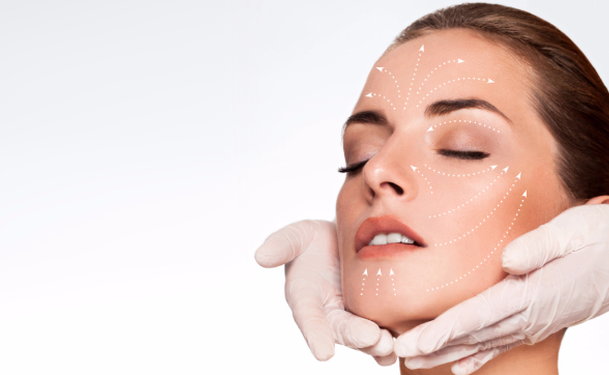Dysport, a wrinkle treatment similar to BOTOX, is the second injectable wrinkle treatment made available to U.S. consumers. Here's some information about the history of this newly popular treatment for frown lines.
Discovery of the Botulinum Toxin and Its Uses
Botulinum toxin A, the principal ingredient in both BOTOX and Dysport, is a food borne toxin produced by a bacteria, Clostridium botulinum, which was isolated by Dr. Emile Van Ermengem in 1895. In 1944, Dr. Edward Schantz isolated the botulinum toxin and in 1949, doctors discovered that botulinum toxin acts by temporarily paralyzing muscles. In high doses, it can be deadly.
In 1989, botulinum toxin A was accepted for use in the treatment of crossed eyes and spasming eye muscles. It can also temporarily benefit cerebral palsy patients. By the mid-1990s, BOTOX, and its European equivalent, Dysport, were used to treat frown lines and wrinkles.
Dysport Abroad
Though Dysport was only recently approved by the FDA for use in the United States, it's been used abroad for years. Dysport first became available in the U.K. in 1991, where it was used to treat muscle spasms, particularly those of the face and neck. Dysport has been used throughout Europe, and in a number of other countries, for years.
Dysport Comes to America
In April 2009, the FDA approved Dysport for use in the U.S. as a wrinkle treatment. As a competitor to BOTOX, Dysport offers some advantages: it's cheaper, it uses smaller amounts of botulinum toxin and it spreads more efficiently through the muscles of the face.


